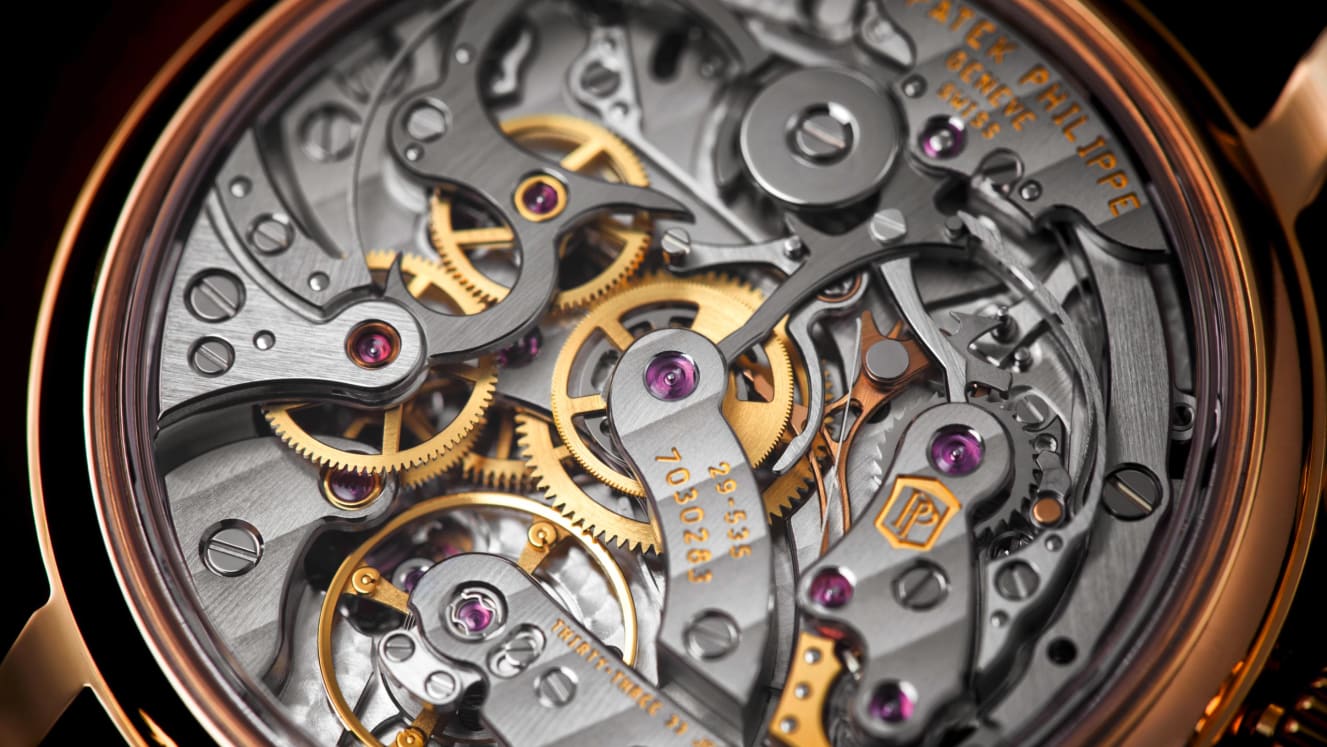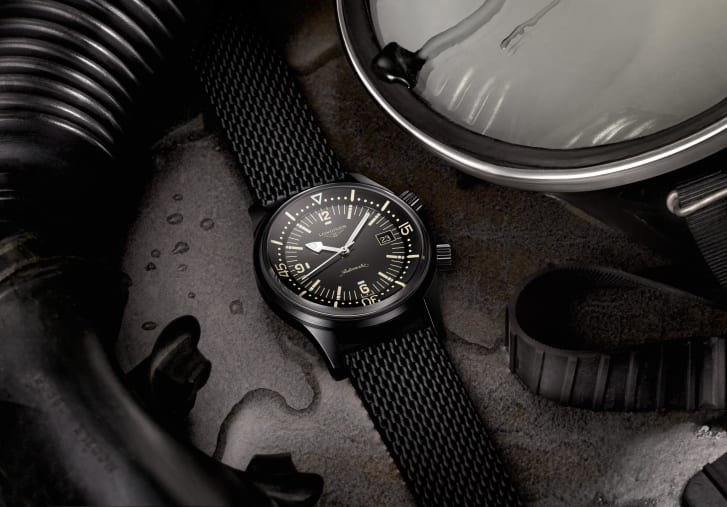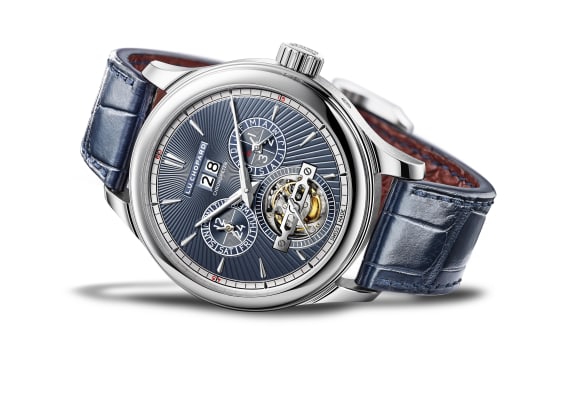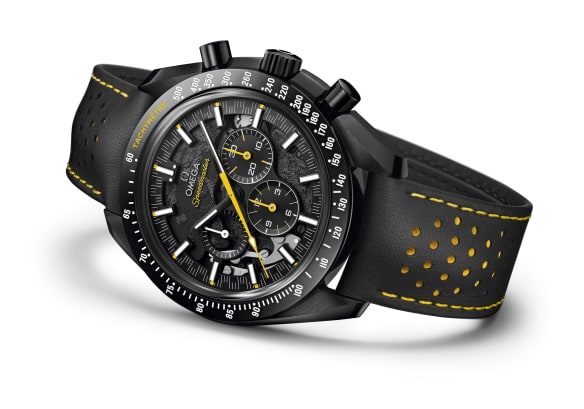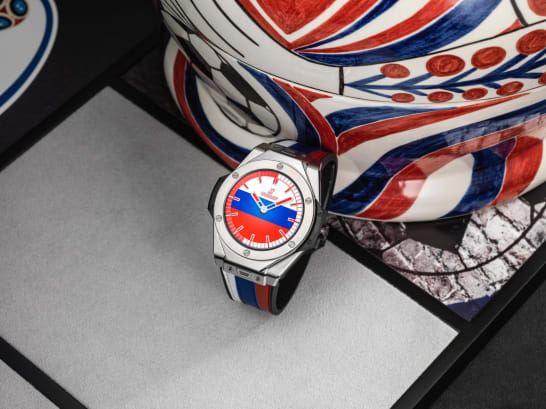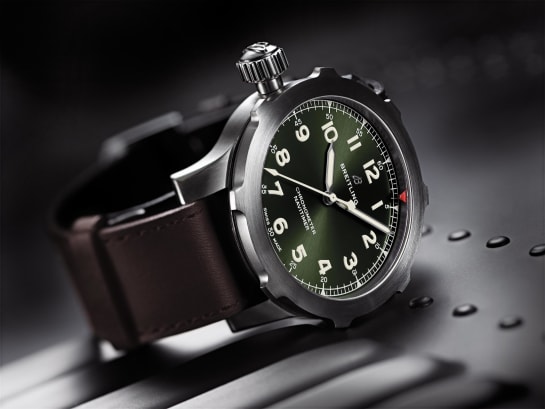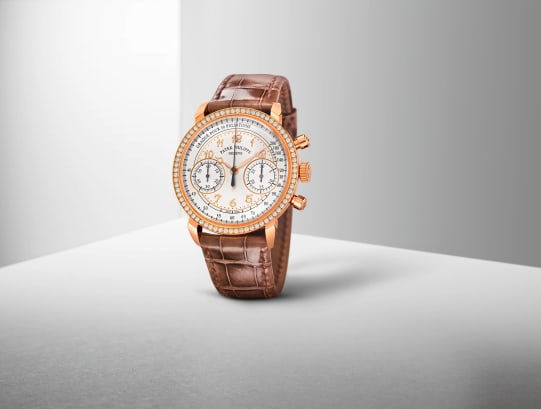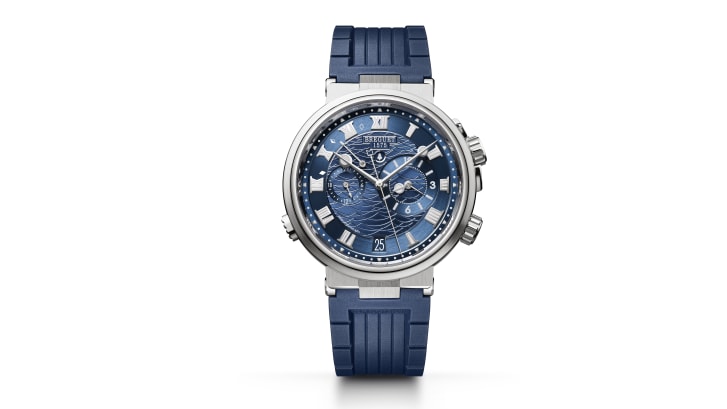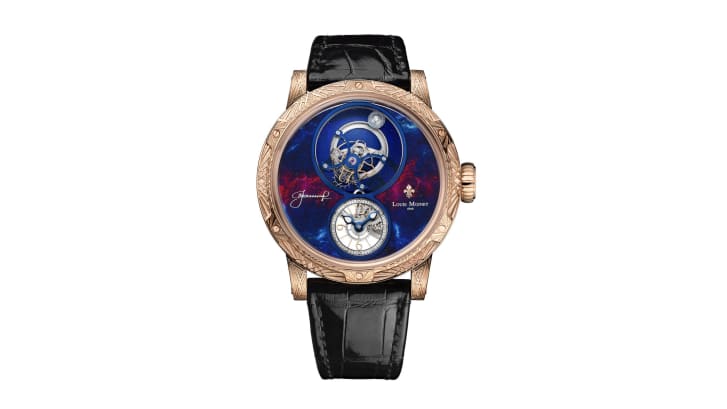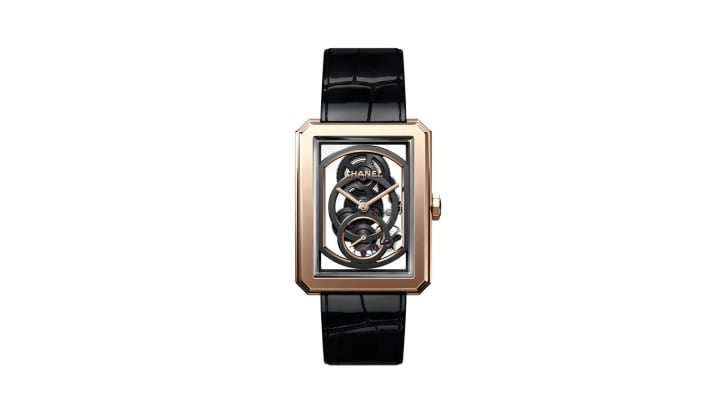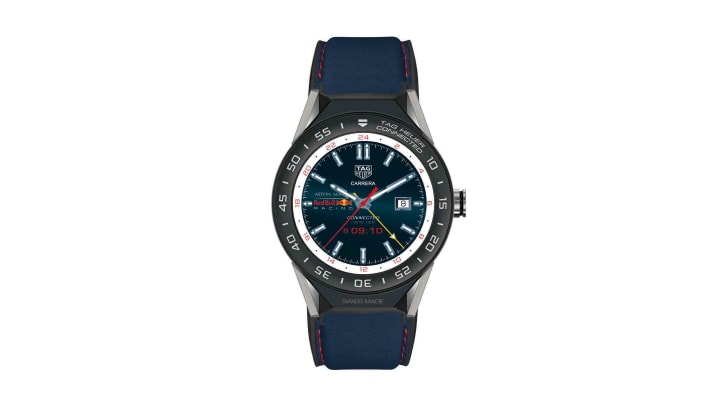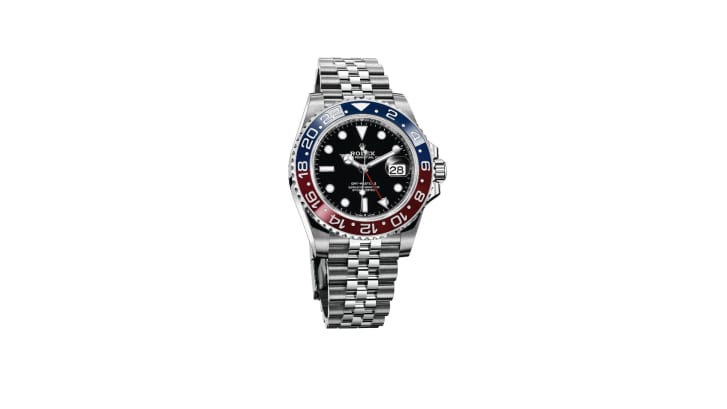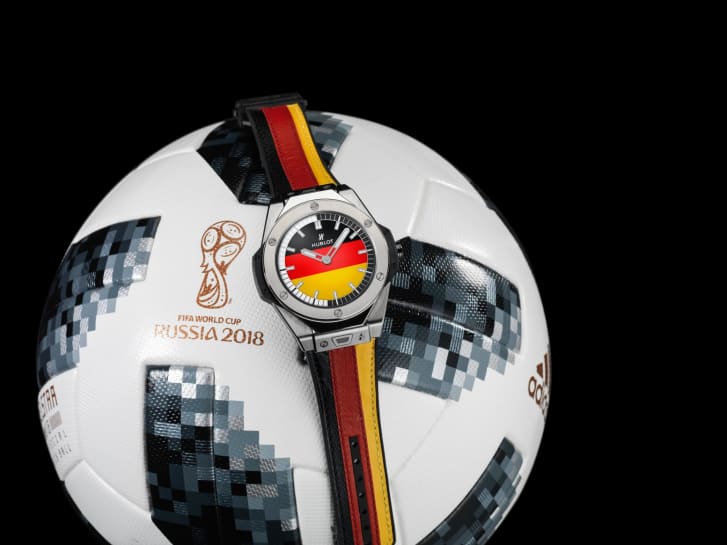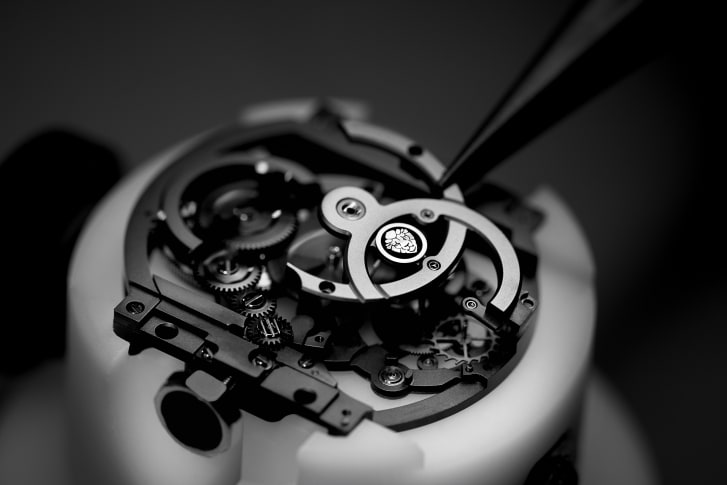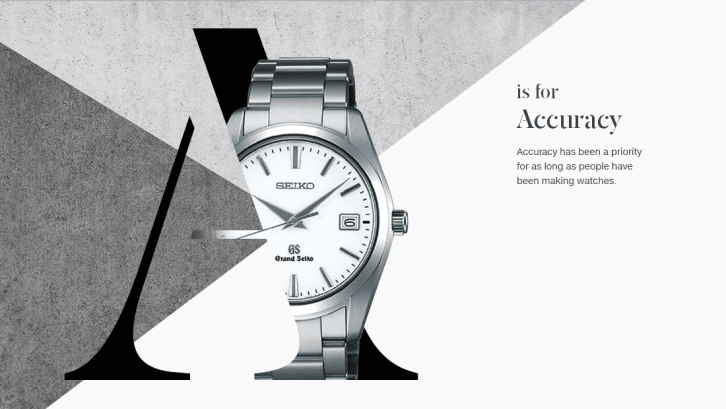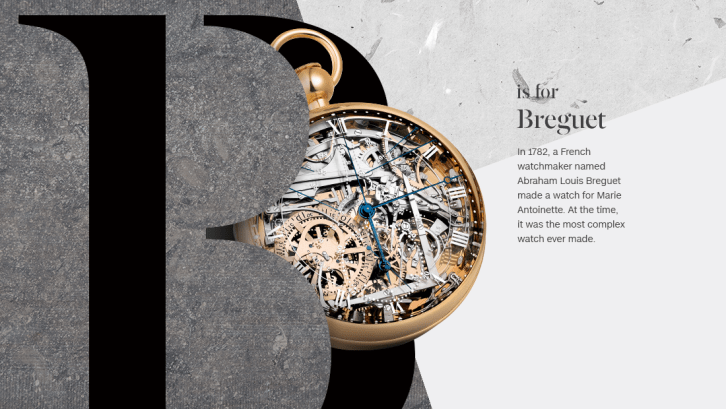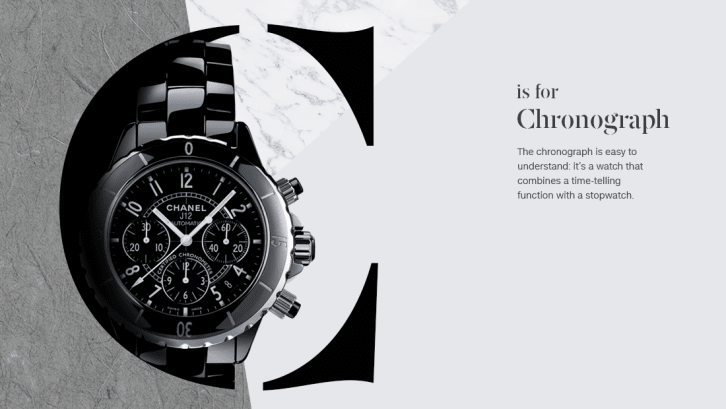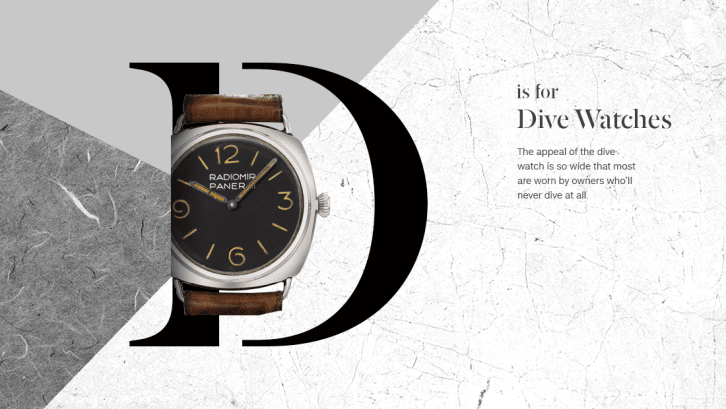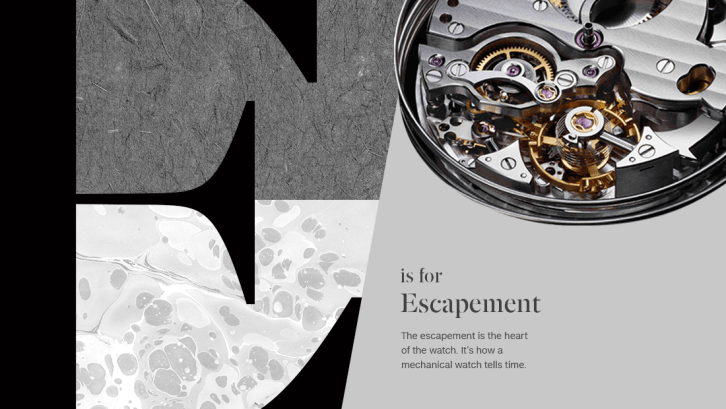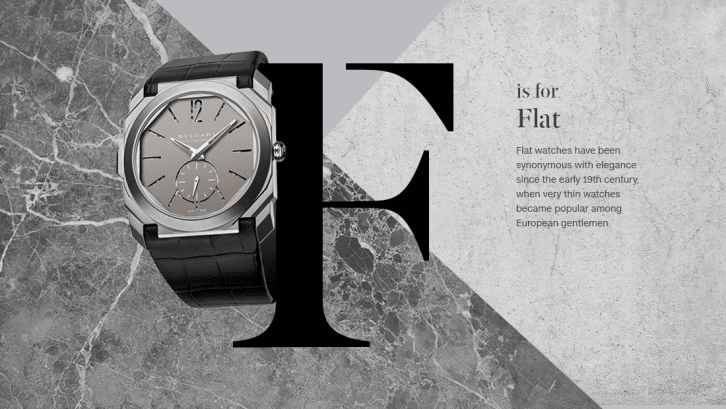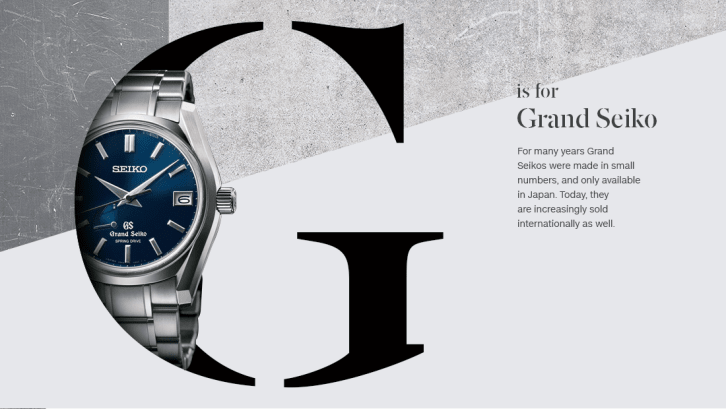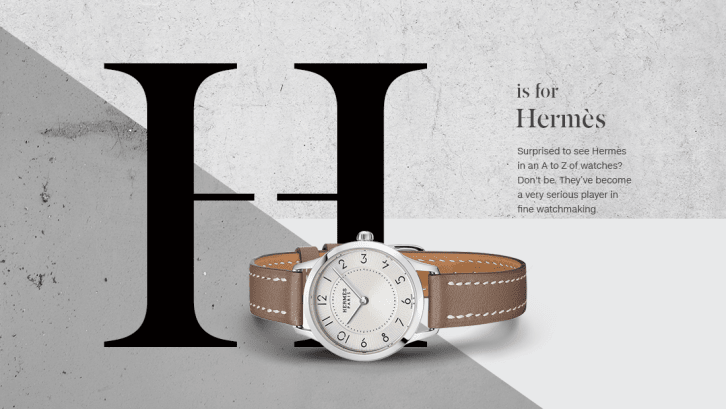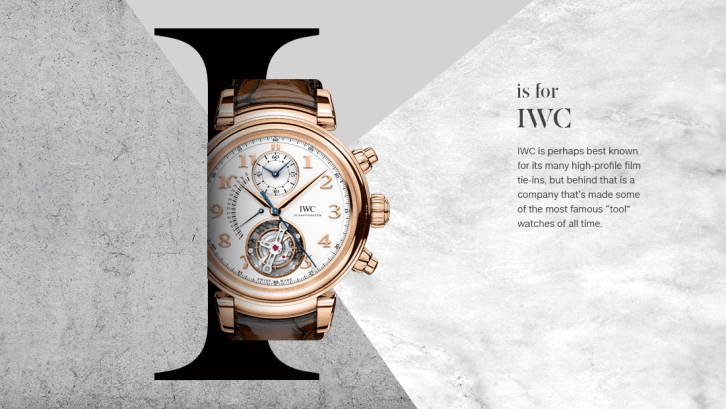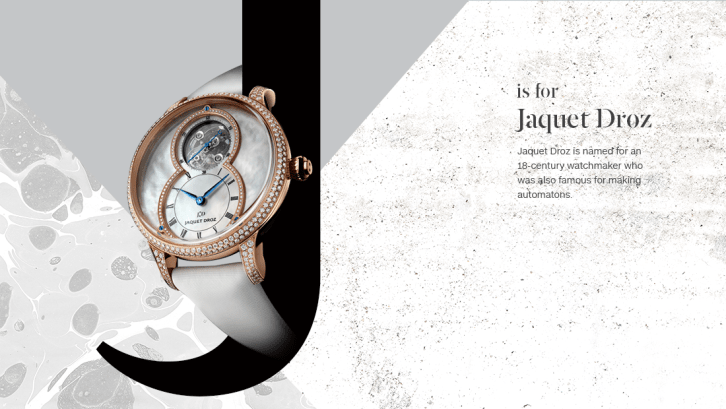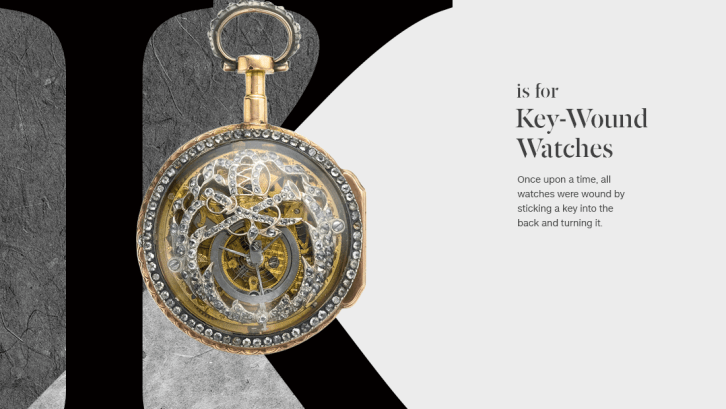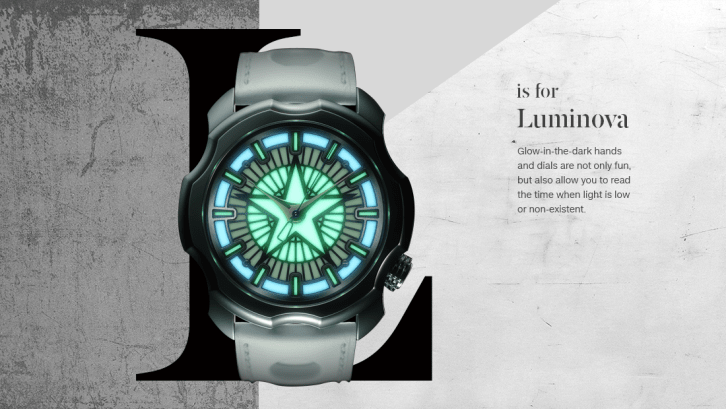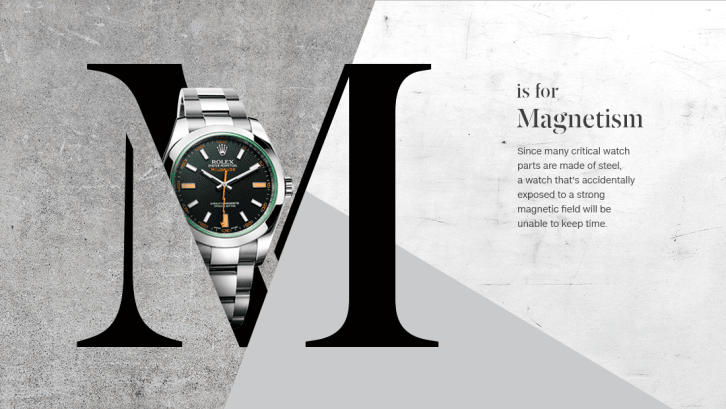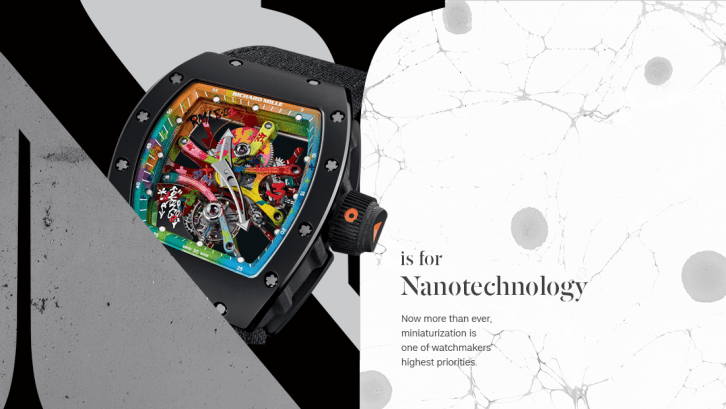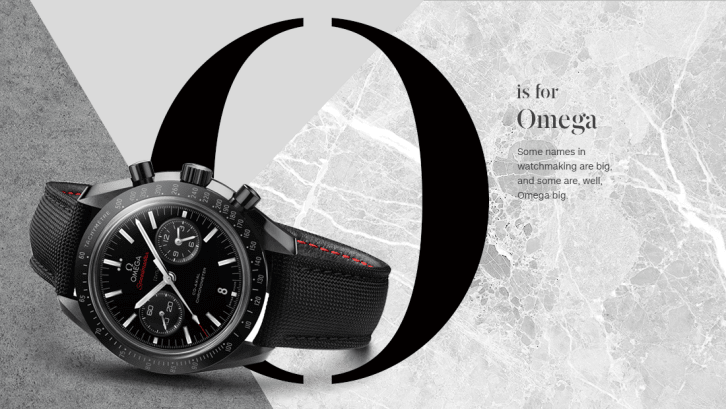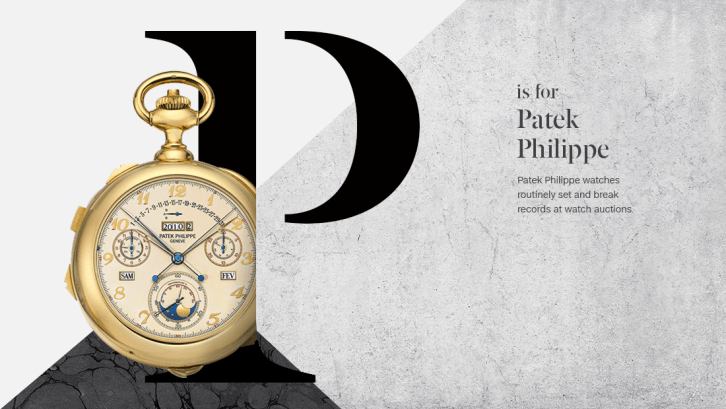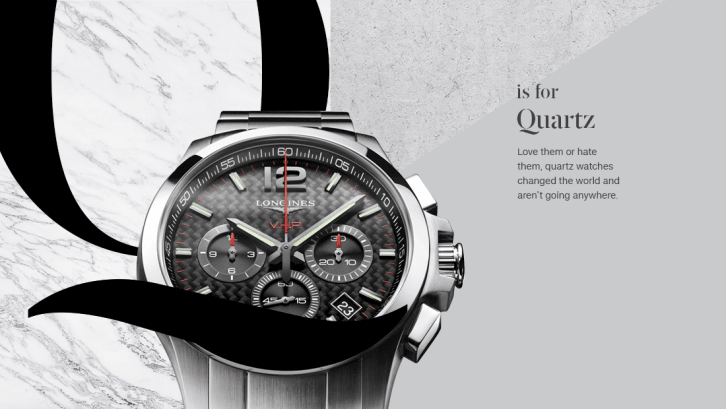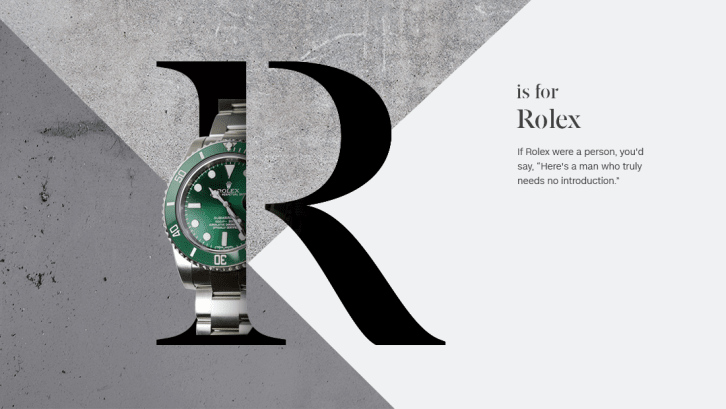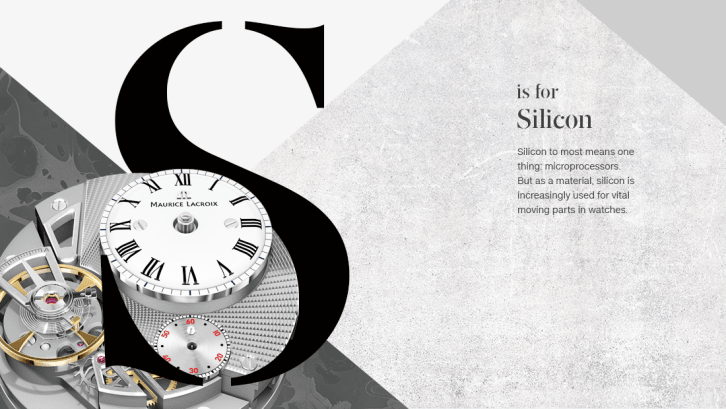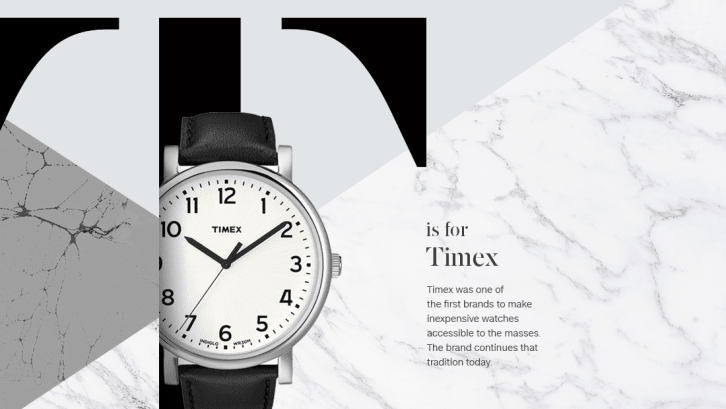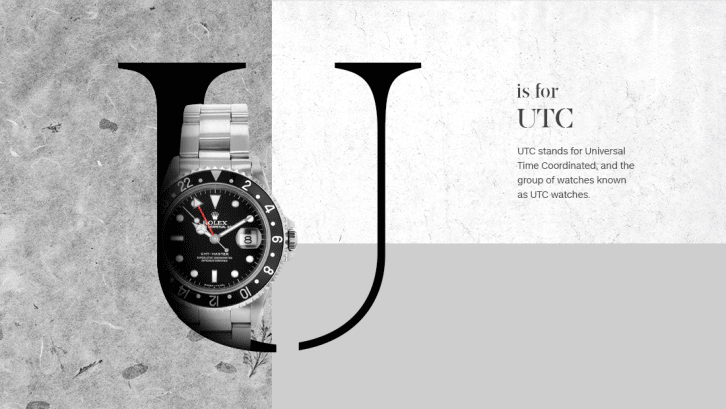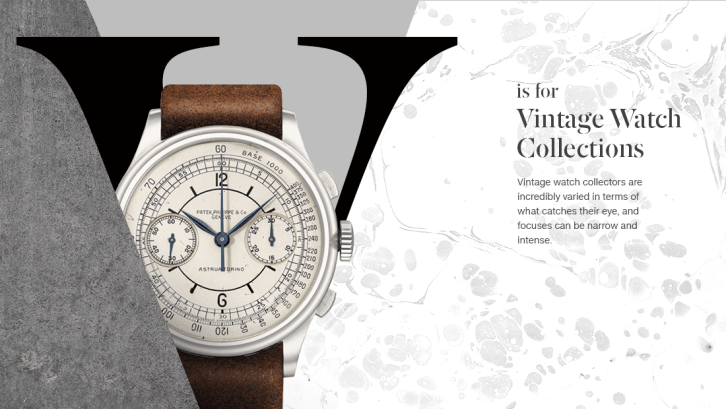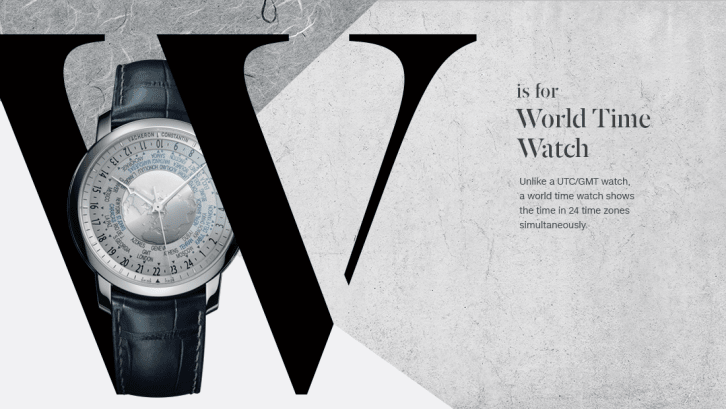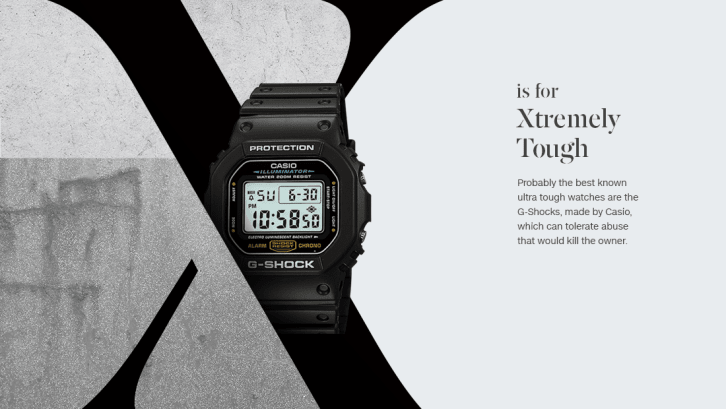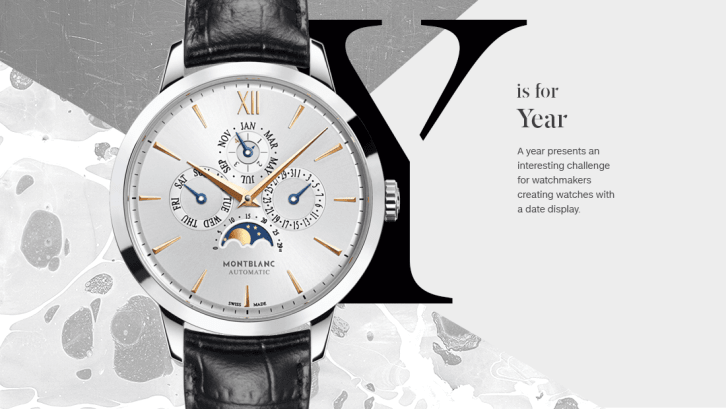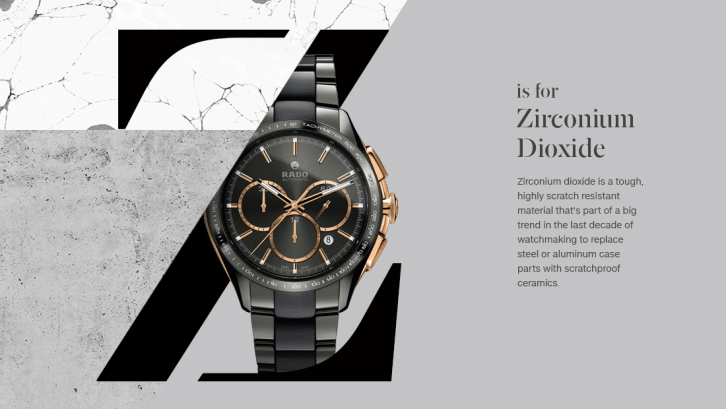Baselworld 2018: 5 trends at the world's biggest watch fair
Published 22nd March 2018
Baselworld 2018: 5 trends at the world's biggest watch fair
The international service aiding the war on watch theft
Along with the
Salon International de la Haute Horlogerie Genève, which takes place in Geneva each January, Baselworld is the most important indicator of what's happening in the watchmaking world. Here we take a look at the most notable trends from the 2018 program.
Vintage vibes
While upholding the original watch's 1960s spirit, the updated Longines Legend Diver is utterly contemporary and comes in a black PVD coating. Credit: Courtesy of Longines
Vintage-inspired timepieces continue to dominate, driven chiefly by brand anniversaries and bestsellers from the past. This appetite for nostalgia may be inspired by the recent strength of the second-hand and vintage watch markets. But the trend may also reflect a decision by watchmakers to tone down their pricing, with recent financial crises demonstrating that expensive innovation can only go so far in keeping a brand afloat.
A great example is the Longines Legend Diver ($2,150-$2,600), which revisits a 1960s diving watch by combining retro style codes and modern technology to offer practicality and beauty.
Luxury watchmakers swap vintage for innovation
But this trend does not necessarily mean that brands are sacrificing innovation to appease current tastes. Omega, for instance, has done a wonderful job with its Speedmaster Moonwatch Dark Side of the Moon. Rooted in 1969's Moonwatch, the timepiece was daringly reissued in a ceramic case in 2013, and has since arrived in new colors and executions. Baselworld 2018 sees the launch of another ceramic edition, the Apollo 8 ($9,500), which is the first watch in the series powered by a skeletonized movement.
1/11 – Chopard L.U.C All-in-One
The Chopard L.U.C All-in-One features 14 indications plus a tourbillon on two faces. Credit: Courtesy of Chopard
In the same vein, Rolex releases a new version of its classic GMT-Master II, which debuted in 1954 and then reappeared as the "II" edition in 2007. The new design comes with a revamped high-energy automatic movement that improves both accuracy and power reserve. It is now available in a variety of metals (from $9,250) and two different styles of bracelet.
Green is the new blue
Blue dials have grown in popularity over the last two to three years, challenging the staple black and white hues. But while this looks set to continue, we might now be seeing a parallel move toward green dials (prophesied, perhaps, by the
Pantone Color Institute naming Arcadia as an It-color for spring 2018, describing its greenish tone as "hinting at retro yet at the same time modern.")
Inspired by a stopwatch used in World War II, the face of the titanium-encased Breitling Navitimer Super 8 measures 50mm in diameter (if you include the large notches). Credit: BRETILING/PPR/KEYSTONE
Combining the year's two biggest trends, Breitling's 2018 talking piece, the overly large Navitimer Super 8, is both green-faced and retro-inspired. Other notable examples include Glashütte's Original Sixties, Rado'sTrue Thinline, H. Moser & Cie Endeavour Perpetual Calendar Purity Cosmic Green.
Connecting with millennials
Attracting millennials is one of the biggest challenges facing the watch industry today -- and smartwatches are proving to be one of the more noticeable ways of capturing their attention.
How luxury watch brands are seducing millennials
Hublot dips a toe into the world of connected watches with its Big Bang Referee 2018 FIFA World Cup Russia ($5,170). Targeted at soccer fans, the smartwatch runs on Google's Wear OS and will, among other functions, vibrate every time a goal is scored at this summer's World Cup.
